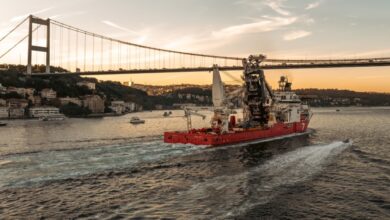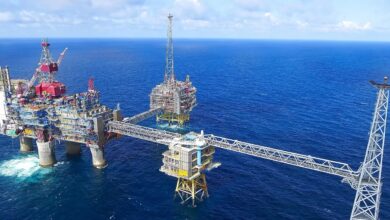Wood launches new phase of subsea integrity management industry network
Wood has further extended the SURF IM Network, which aims to share experience and lessons learned from subsea integrity and reliability issues and is supported by 10 major global operators: BP, Chevron, ExxonMobil, Hess, Husky, PETRONAS, Shell, Suncor, Total and Woodside.
Led by Wood and established in 2014, the network facilitates face-to-face forums for sharing knowledge and common challenges. Focus areas include subsea hardware, including component failures, operations experience, and emerging inspection and condition monitoring technologies.
By working to gain a better understanding of how to mitigate subsea production system failures, the network has the potential to offer operators significant cost savings while ensuring safer operations.
It also provides major operators the opportunity to share, collaborate openly and identify sector-wide challenges in managing the integrity and reliability of subsea assets. The network benefits both members and the supply chain, focusing on innovative solutions to address these challenges.
“The SURF IM Network has provided a unique forum for operators to work together on improving subsea integrity and reliability, and identify improvement opportunities for the future,” Bob MacDonald, CEO of Wood’s Specialist Technical Solutions business, said. “In previous phases of the network, we have successfully worked to address key issues affecting the sector, including subsea control module reliability, choke valve reliability and cost efficiencies in a low oil price environment. The next phase will focus on a range of subsea integrity and reliability challenges, including life extension risk, degradation of electrical distribution systems, interventions and remediation strategies.”
The SURF IM Network was established following a successful joint industry project (JIP) on the integrity management of subsea, umbilical, riser and flowline systems. The SURF IM JIP identified key failure mechanisms, investigated inspection and monitoring technologies, and developed best practice guidelines for subsea facilities.




